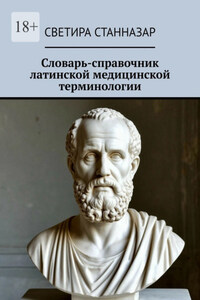The cell is the fundamental unit of every living thing. Cells are everywhere in the human body – every tissue, every organ, is made up of these individual units.
All cells are similar in that they contain a gelatinous substance composed of water, protein, sugar, acids, fats, and minerals. This substance is called protoplasm.
Cell membrane surrounds and protects the internal environment of the cell, determining what passes in and out of the cell.
Nucleus is the controlling structure of the cell. It controls the way a cell reproduces, and contains genetic material which determines the functioning and structure of the cell. All the material within the nucleus is called nucleoplasm or karyoplasm.
NB! Words of Latin origin in -us commonly form their plural by dropping the -us and adding -i. Thus, nucleus becomes nuclei.
Chromosomes are 23 pairs of thin strands of genetic material (DNA) located within the nucleus of a cell. These 23 pairs of chromosomes contain regions known as genes which determine our hereditary makeup. The DNA within the chromosomes regulates the activities of each cell by guiding the formation of another substance, called RNA, which can leave the cell nucleus, enter the cytoplasm, and direct the activities of the cell.
Chromosomes can be classified as to size, arrangement, and number. This classification is called a karyotype. Karyotyping of chromosomes is useful in determining whether chromosomes are normal in number and structure.
Cytoplasm is the protoplasmic material outside the nucleus. It carries on the work of the cell. The cytoplasm contains:
Mitochondria – small bodies which carry on the production of energy in the cell by burning food in the presence of oxygen. This process is called catabolism. During catabolism complex structures are broken down into simpler substances and energy is released.
Endoplasmic reticulum












